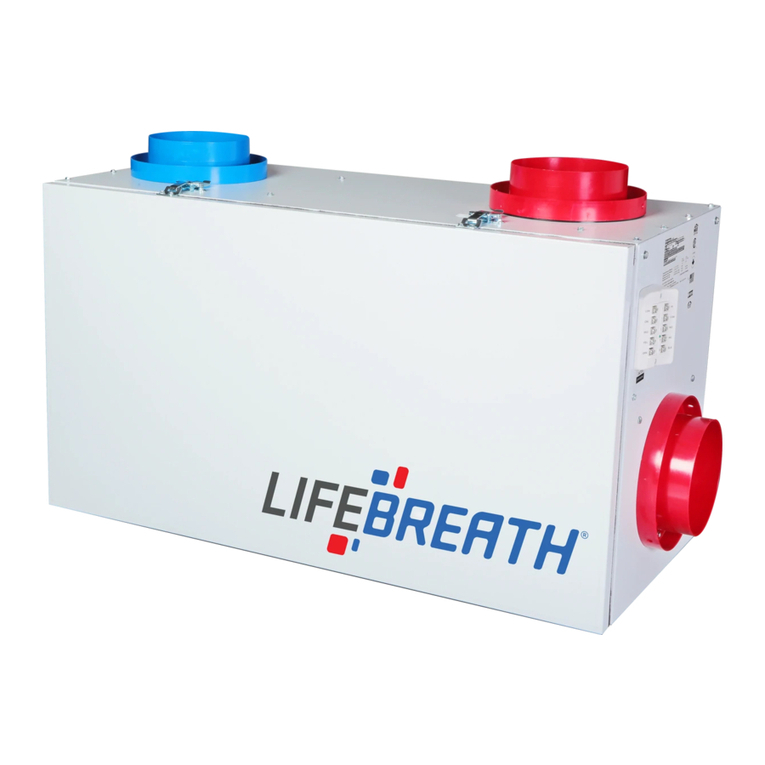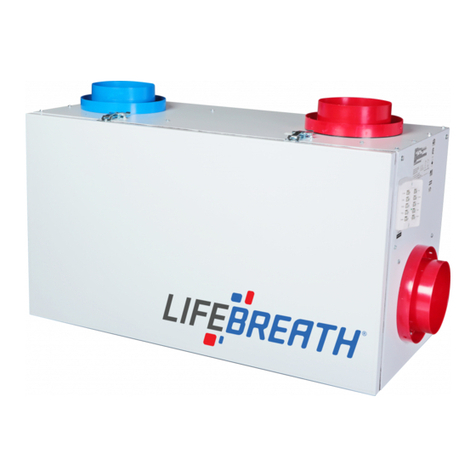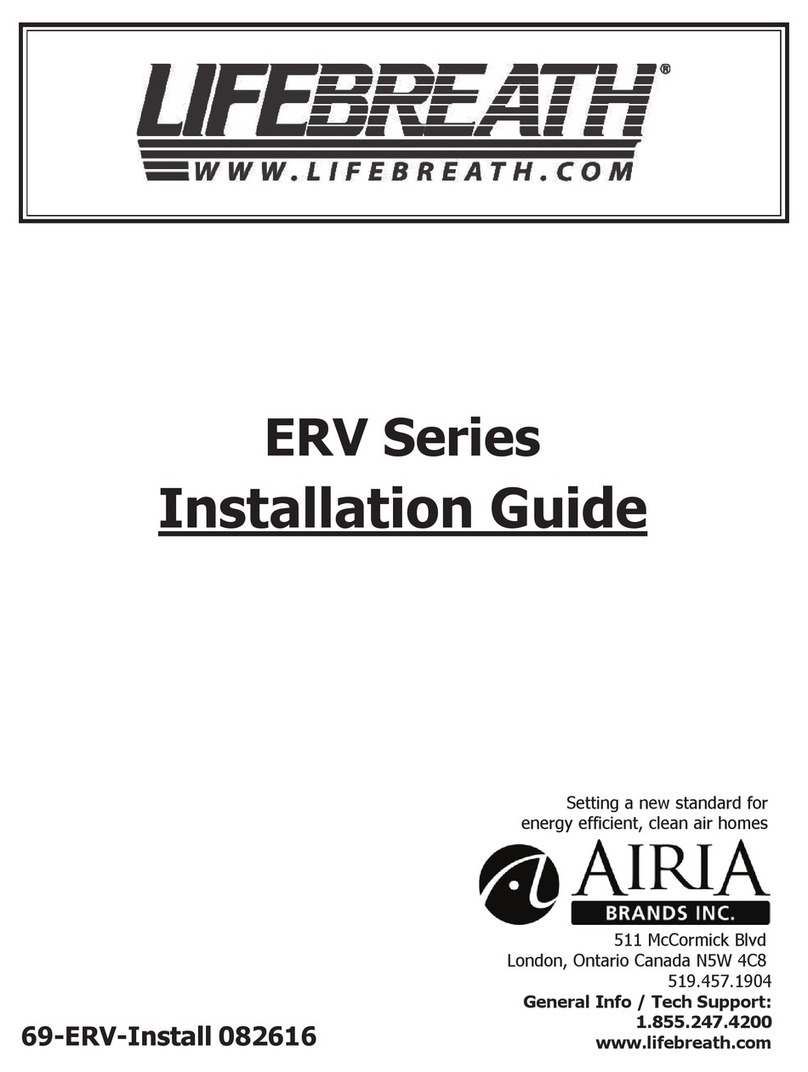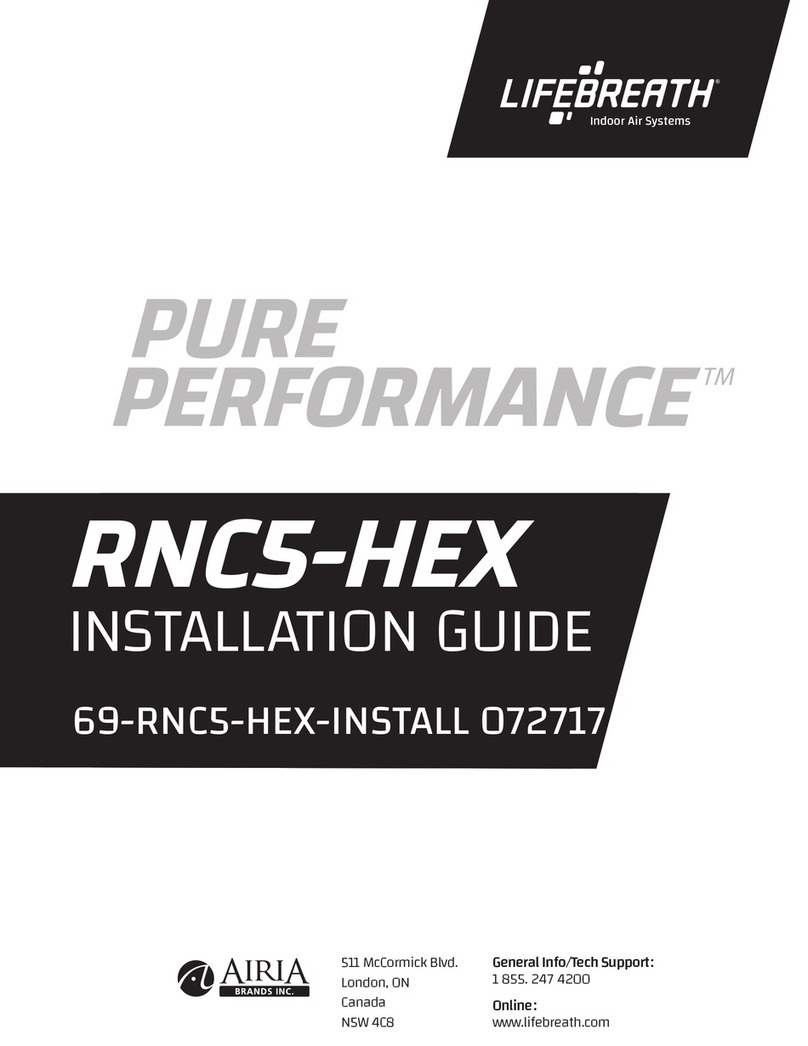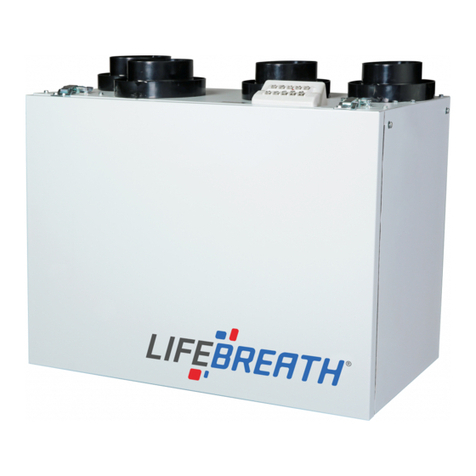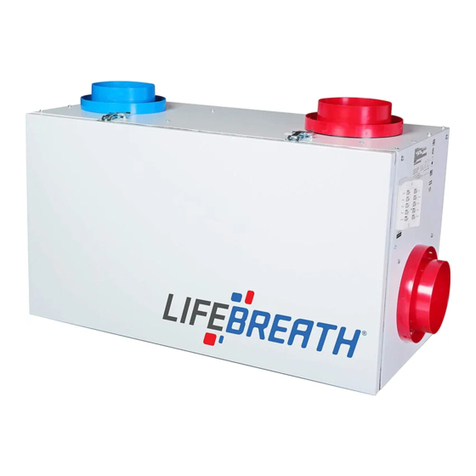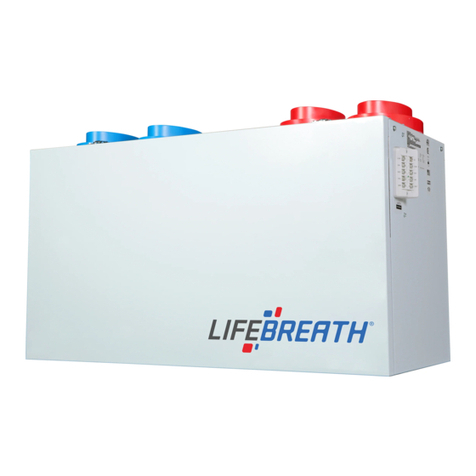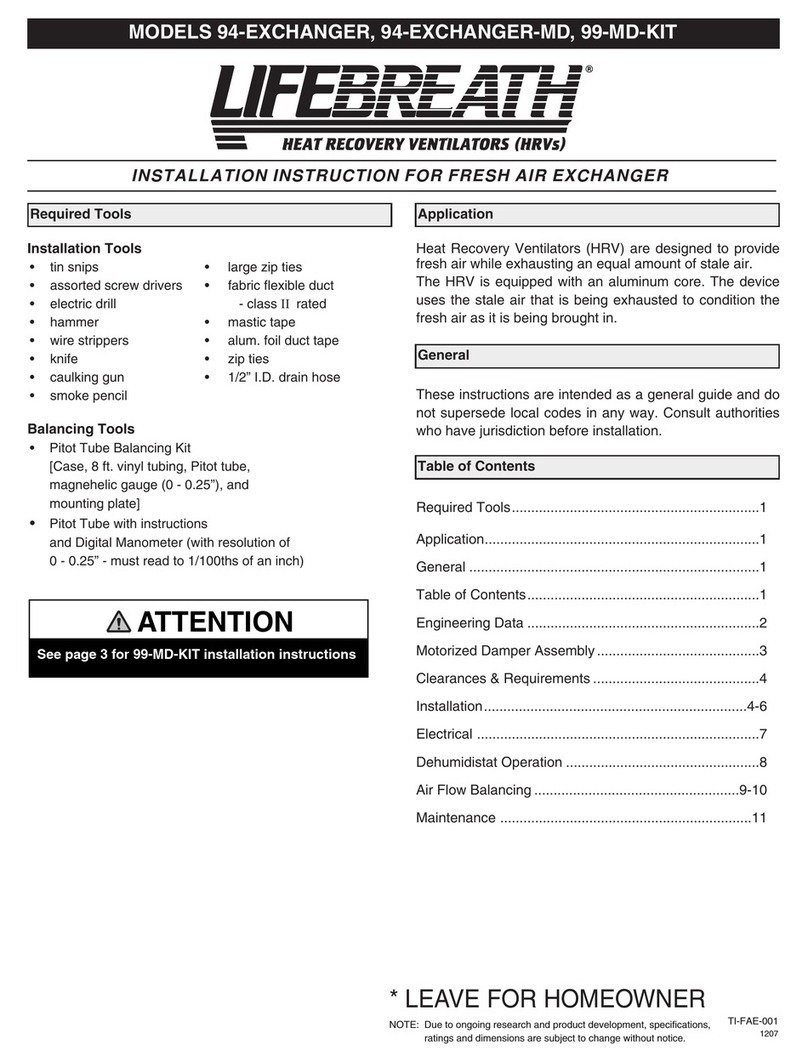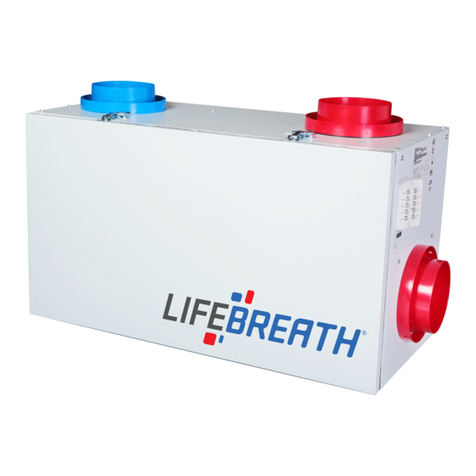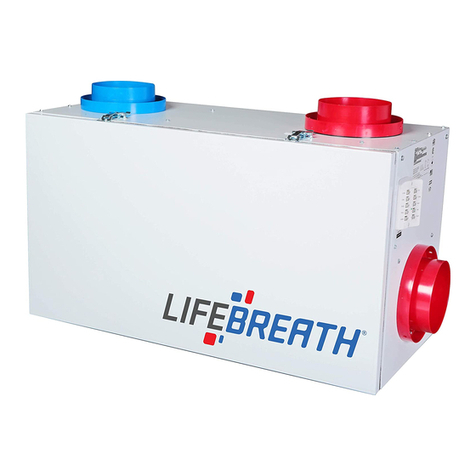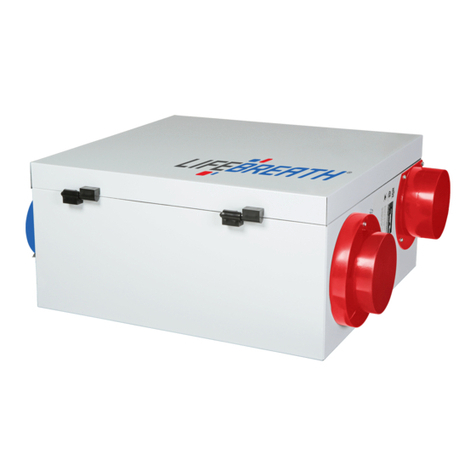
www.lifebreath.com 2
TABLE OF CONTENTS
Mounting the 1500/2000/2500 Indoor Models .......................................................................................................2
Mounting the 1500 Rooftop models ......................................................................................................................3
Mounting the 2000 Rooftop models ......................................................................................................................2
Mounting the 2500 Rooftop models ......................................................................................................................2
Roof Curb Assembly Instructions ..........................................................................................................................2
Ducting the System .............................................................................................................................................3
Dimensional Drawings..........................................................................................................................................4
The Integrated HVAC System ...........................................................................................................................7
Stale Air Return And Fresh Air Supply System ....................................................................................................9
Weatherhoods ...............................................................................................................................................10
Drain Connections..........................................................................................................................................11
Function and Controls ....................................................................................................................................12
Main Wall Control.............................................................................................................................................2
Timers and Repeaters ......................................................................................................................................5
Dehumidistat ...................................................................................................................................................9
Aircom Relays & Interlocking to a furnace/air handler ......................................................................................10
Adjusting the air flow (1500 units) ..................................................................................................................11
Adjusting the Airflow (2000 units) ...................................................................................................................12
Adjusting the Airflow (2500 units) ...................................................................................................................13
Fan Defrost (All units) ....................................................................................................................................14
Balancing the Airflows ....................................................................................................................................15
Service and Maintenance (1500 Units).............................................................................................................17
Service and Maintenance (2000 Units).............................................................................................................18
Service and Maintenance (2500 Units).............................................................................................................19
Wiring Diagrams (1500I-ECM/E-ECM)..............................................................................................................20
Wiring Diagrams (2000IFD/EFD-208) ..............................................................................................................21
Wiring Diagrams (2000IFD/EFD, -208SP).........................................................................................................22
Wiring Diagrams (2000IFD/EFD-460) ..............................................................................................................23
Wiring Diagrams (2000IFD/EFD-575) ..............................................................................................................24
Wiring Diagrams (2500IFD/EFD) .....................................................................................................................25
Wiring Diagrams (2500IFD/EFD-208) ..............................................................................................................26
Warranty .......................................................................................................................................................27
